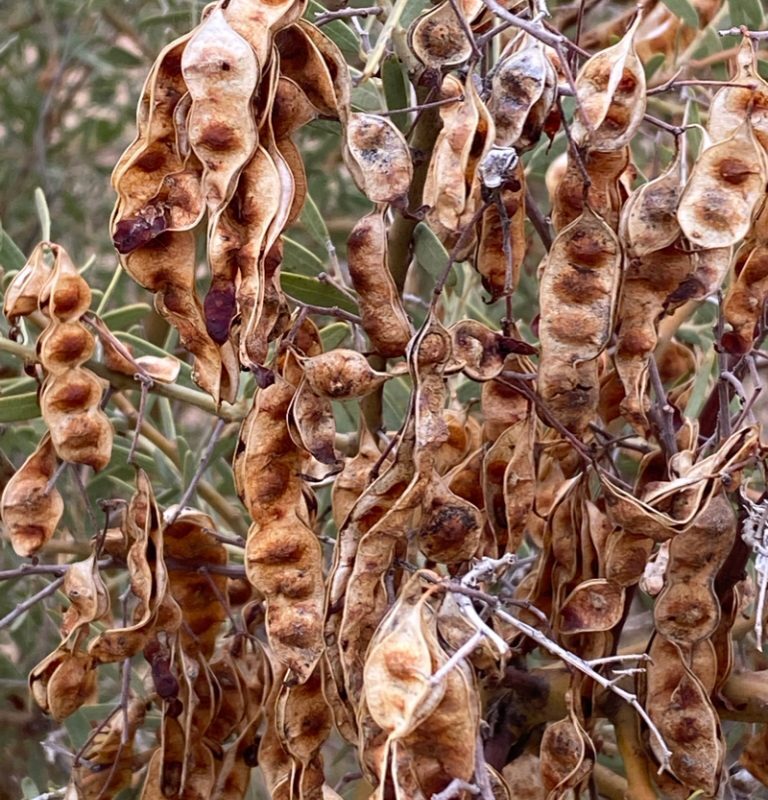A recent study conducted by Sera Susan Jacob, a researcher from the ARC Centre for Uniquely Australian Foods at the University of Queensland, has revealed the nutritional potential of wattleseed, a staple food traditionally used by Indigenous communities in Australia. The findings, published in the Journal of Food Science, suggest that wattleseed could be at the center of a new Indigenous industry.
Wattleseed, derived from the Australian Acacia plant, has a distinctive nutritional profile that sets it apart from other legumes. This unique characteristic presents an interesting market opportunity, according to Mrs. Jacob. While wattleseed is currently used primarily as a flavoring ingredient in consumer products, Mrs. Jacob’s research shows that it can be leveraged as a major ingredient to capitalize on its nutritional properties. It is important to note that the existing consumer products using wattleseed typically utilize only one variety, A.victoriae, while there are many others that could be considered.
Compared to other legumes, wattleseed has a similar protein content but is exceptionally high in fiber and low in starch. Furthermore, it contains compounds that offer anti-inflammatory and anti-carcinogenic benefits, catering to the demands of today’s health-conscious consumers.
As part of her Ph.D. research, Mrs. Jacob collaborated with industry partners Karen Sheldon Group and Kungkas Can Cook in the Northern Territory, creating recipes that incorporated over 20% wattleseed, in contrast to the average 3% found in existing commercial products. The recipes included a curry-style savory dish and a muesli bar designed to appeal to consumers in regional and remote northern Australia. Additionally, a gluten-free vegan burger patty was developed for the wider market.
Sarah Hickey, Director of Karen Sheldon Group, highlighted that the recipes meet the recommended daily intake of essential nutrients, including iron, vitamin C, and fiber, which are often lacking in the diets of individuals with limited access to affordable and nutritious food.
Mrs. Hickey believes that there is a strong market for products showcasing wattleseed due to their great taste and nutritional value. She expressed the group’s commitment to ensuring Indigenous Australians are involved at every stage of the supply chain and that value-added products are manufactured in the areas where the seeds are wild-harvested. By doing so, their objective is to close the circle of supply, ensuring that the seeds harvested on country also end up on the plates of those living on country, thereby improving their diets and economic prospects. This approach is a way to honor and respect Indigenous Australians, who have nurtured and preserved these foods for over 60,000 years, so that everyone can continue to enjoy them.
Mrs. Jacob emphasized that wattleseed offers numerous opportunities for use, with Indigenous communities documenting more than 20 different species. She emphasized the power of combining scientific evidence with Indigenous knowledge to successfully market and position these products.
In addition to the research findings, educational materials will be created to share Indigenous knowledge and science in remote schools and community stores. This initiative aims to pass on the wisdom surrounding these traditional foods and their benefits to future generations.
*Note:
1. Source: Coherent Market Insights, Public sources, Desk research
2. We have leveraged AI tools to mine information and compile it



